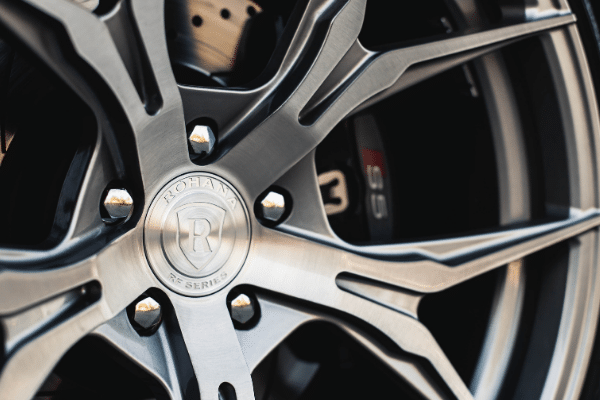Alloy analysis consists of determining the exact composition of a material and is of vital importance when selecting an alloy to generate new industrial products. In this post we explain what alloy analysis consists of, the types of alloys that exist in the industry and the methods for their identification.
What is an alloy analysis and what is it for?
It is a procedure to establish the exact chemical composition of alloys. An alloy is a material that contains a mixture of two or more metals or non-metallic elements and possesses different properties from its base metals, such as increased strength or lightness.
Alloy analysis in industry is essential and is necessary to verify that a critical component is made from the correct alloy, as the wrong choice can lead to failure. There are hundreds of different alloys, each with its own set of specific properties, and often the same base metal composition has very different sets of properties. An example of this is the resistance of stainless steel alloys to acid corrosion; some steel alloys are highly resistant to certain acids, while others are not.
Types of alloys in industry
Metals are among the most commonly used materials in the industrial sector, in particular the metal alloys that we will see below.
Iron alloys
Ferrous alloys, which include steels and cast irons, have iron as a base element and are the most common metal alloys due to the abundance, ease of production and high versatility of the material. The major disadvantage is low corrosion resistance.
Carbon is a fundamental element in all ferrous alloys. In general, higher carbon levels increase strength and hardness, and decrease ductility and weldability.
1. Carbon steel
Carbon steels are basically mixtures of iron and carbon. There are different types of steel depending on the percentage of carbon, as follows:
- Low carbon steel: with less than 0.30% carbon, it is characterized by low strength, but high ductility. Common uses include wire, structural shapes, machine parts and sheet metal.
- Medium-carbon steel: contains between 0.30% and 0.70% carbon and is often used for shafts, gears and machine parts.
- High-carbon steel: contains between 0.70% and 1.40% carbon, is characterized by high strength but low ductility and its most common uses include drills, cutting tools, knives and springs.
2. Stainless steel
Stainless steels have good corrosion resistance due to the addition of chromium as an alloying ingredient.
Austenitic stainless steel
Austenitic stainless steel alloy is the most common form of stainless steel and therefore has a multitude of uses in different industries. Composed of chromium and nickel alloys, it is the most corrosion resistant of all stainless steels. It is also the most weldable due to its low carbon content and can only be strengthened by cold working.
3. Cast iron
It has high levels of carbon, generally above 2%, which can take the form of graphite or carbide. Because it has a low melting temperature, cast iron is very suitable for casting.
Among the different types, ductile cast iron stands out as having good strength, ductility and machinability properties. Common uses include gears, pump bodies, valves and machinery parts.
Aluminum alloys
Aluminum is a widely used material, particularly in the aerospace industry, due to its light weight and corrosion resistance. Although aluminum alloys are generally not as strong as steels, they have a good strength-to-weight ratio.
Copper alloys
They are generally characterized by their resistance to corrosion, their ease of shaping and melting, and by being electrically conductive. Although they are a useful engineering material, copper alloys are also used in decorative applications because of their attractiveness.
Titanium alloys
They are light, strong and have a high resistance to corrosion. Their density is much lower than that of steel and their strength-to-weight ratio is excellent. For this reason, titanium alloys are used quite frequently, especially in the aerospace industry.
Method for identifying metal alloys
The method for identifying an alloy and performing material characterization is called positive material identification (PMI), which is carried out by means of various techniques including X-ray fluorescence spectroscopy (XRF) and optical emission spectroscopy (OES).
X-ray fluorescence uses low-energy X-rays to scan the chemical composition of alloys, while optical emission spectroscopy creates a spark in the sample that excites the atoms and, as a consequence, they emit light at specific frequencies that are then used to accurately determine the composition of the alloy. One of the main advantages of the latter technique is the ability to measure light elements that are not detectable by XRF.
In conclusion, alloy analysis is essential when it comes to developing new products and doing so in an optimal way. If you would like us to advise you in this regard, do not hesitate to contact our Infinitia team, experts in materials.





